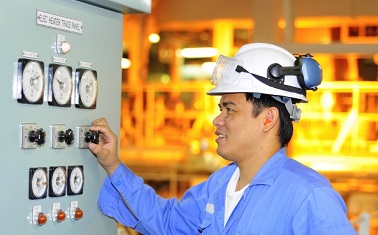As we’ve mentioned before, New York is changing how it evaluates and compensates electric utilities. One goal of this change is increased consumer engagement, which makes customers allies in the development of a more reliable, resilient, and ‘smart’ electric grid.
Many customers have begun taking advantage of new energy technologies and their falling prices by turning to community microgrids, installing on-site distributed generation, like rooftop solar, or investing in more efficient appliances, among other actions. Advances in telecommunications and information systems have also created new opportunities for energy services we could not have imagined just a few years ago. For example, innovative tools like demand response allow third parties or utilities to turn off pre-approved appliances – like swimming pool pumps and air conditioners – remotely when the power grid is stressed and needs a quick reduction in energy demand. Read More















